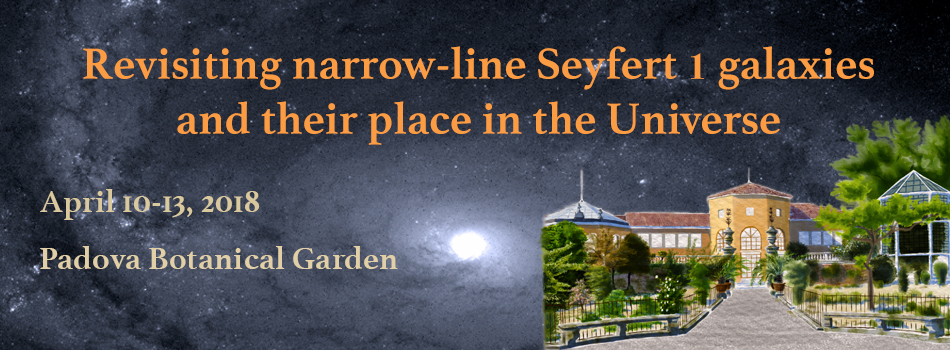Speaker
Description
Since their first identification as Type 1 Active Galactic Nuclei (AGNs) with unusually narrow permitted optical lines, Narrow Line Seyfert 1s (NLS1s) represented an intriguing challenge to Astrophysicists, due to the several peculiarities of their family. Knowing that the broadening of their optical lines is caused by the Doppler effect resulting from the projected velocity distribution of their ionized gas, two competing interpretations have been classically proposed to explain their features. On the one hand, it has been suggested that these objects might be flattened systems supported by orbital motions and systematically observed at very low inclinations, thus leading to small radial velocity distributions. On the other, there is increasing evidence supporting that they could be AGNs powered by accretion of matter on a relatively low mass black hole ($M_\bullet \approx 10^6$ up to ${\sim} 10^8\, {\rm M}_\odot$) at a high rate (${>} 0.1$ times the Eddington limit), with respect to more typical Seyfert galaxies and Quasi Stellar Objects (QSOs, $M_\bullet \geq 10^8\, {\rm M}_\odot$ and $\dot{M} / \dot{M}_{Edd} \leq 0.1$).
The execution of extensive spectroscopic surveys of the sky led to the opportunity to identify several members of this family and to investigate their properties over a large range of frequencies in the electromagnetic spectrum. The interpretation of their nature, however, is still hampered by the statistical uncertainties related to the way in which NLS1 candidates are selected. In this contribution we present a study to detect and to model emission lines in optical spectra extracted from the Sloan Digital Sky Survey (SDSS), adopting the most proper strategy to identify the source of line excitation and to produce a detailed model with measurement of several emission line parameters. We show the application of this technique to explore fundamental questions, such as the presence of dust in the core of AGNs and the spectral energy distribution of their ionizing radiation, and we discuss the results obtained on a sample of NLS1 spectra collected in the SDSS. We finally summarize the potentials of this approach to identify NLS1s in present day and future spectroscopic surveys and we further consider the implications of multi-frequency data analysis for the solution of the debate concerning the NLS1 intrinsic nature.
| Grant | no |
|---|

